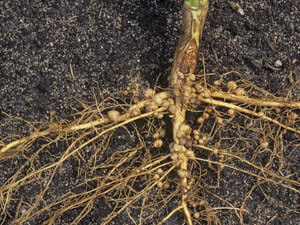| Physical Characteristics | |
  Glycyrrhiza uralensis is a PERENNIAL growing to 0.6 m (2ft) by 0.4 m (1ft 4in). It is hardy to zone (UK) 6. It is in flower from Jun to August, and the seeds ripen from Jul to October. The flowers are hermaphrodite (have both male and female organs)It can fix Nitrogen. Suitable for: light (sandy), medium (loamy) and heavy (clay) soils. Suitable pH: acid, neutral and basic (alkaline) soils. It can grow in semi-shade (light woodland) or no shade. It prefers moist soil.
|
|
| Synonyms | |
| Habitats | |
| Cultivated Beds; |
|
|||||
|
|||||
|
|||||
|
|||||
|
|||||



